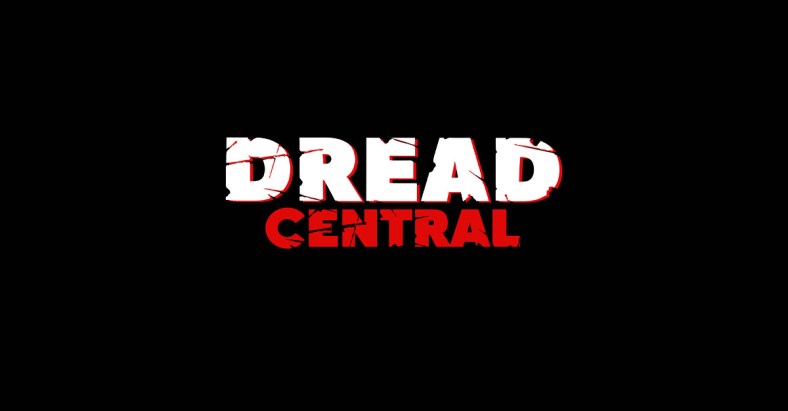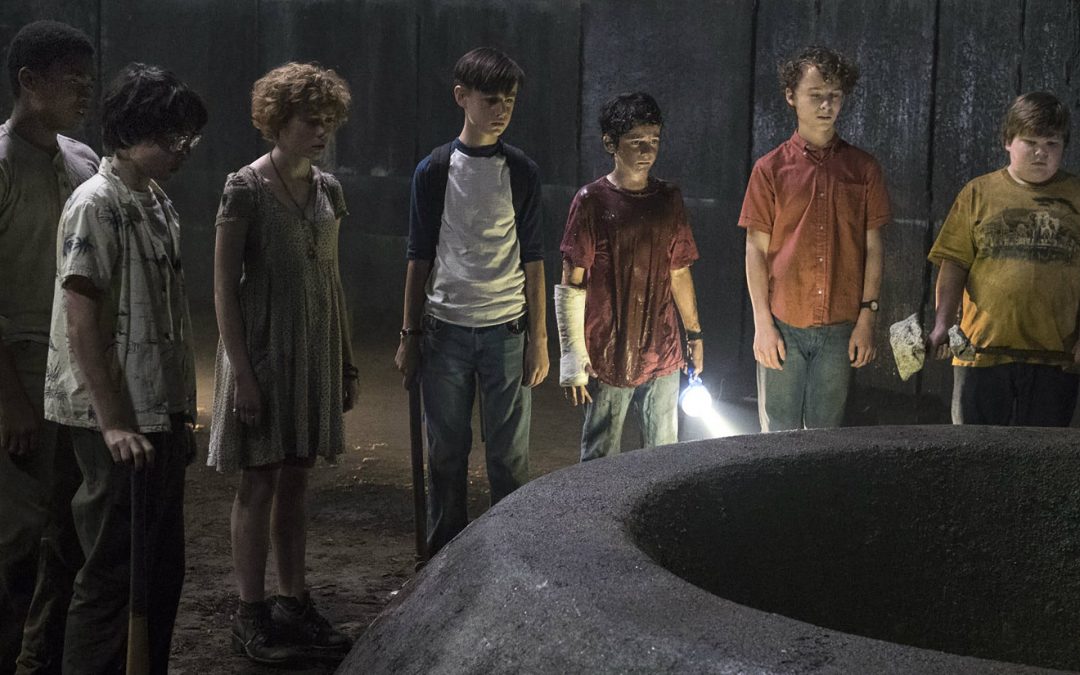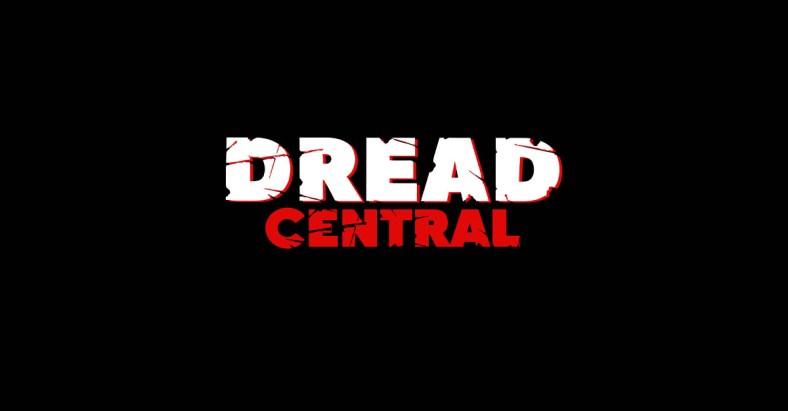There have been so many Stephen King adaptations over the last four decades – many of them bad – that it’s easy to take them for granted. But there is something undeniably appealing about the sensibilities of this prolific author, a visual quality that translates effectively to the screen, and it’s something that director Andy Muschietti captures disturbingly well in his adaptation of IT… or at least, in this first half of the two-part film.
Stephen King’s seminal work about a group of put-upon children who overcome their fears – personified as a demonic clown – and later revisit their childhood traumas as adults has been adapted once before, in a 1990 TV mini-series. And although that version features a haunting performance by Tim Curry as the titular monster, its workmanlike presentation doesn’t come close to this new adaptation, which understands that King’s small-town nostalgia is purposefully grandiose. Memories of childhood have a tendency to take on a larger-than-life quality, a perspective which Muschietti interprets on film with romantic sentimentality half the time and grotesquely distorted funhouse-mirror theatricality the rest.
Eventually, The Losers Club has to take up arms against this monstrosity, but before you can grow up you must first be a child. Muschietti understands the petty foibles and talkative ridiculousness of childhood friendships, and lets his dynamic young cast relish the screenplay’s snappy, spot-on dialogue. Exploratory missions into the sewers in search of a missing little brother are opportunities to reveal the way each kid approaches problems – with humor, anxiety, bravery, or careful analysis – and the way the pubescent boys each react to the newfound friendship of the young girl Beverly – interested, confused, annoyed, shy, suspicious – also adds to their relatable teenage drama. (Speaking of keeping things relatable: yes, Muschietti omits some of the weirdest things these kids do in the book. If you’ve read it, you know what I’m talking about. Yikes.)

IT spends a significant amount of its lengthy running time on each of The Losers’ Club’s personal experiences with Pennywise in sequences that are perfectly horrifying, if slightly repetitive. The formula begins to show itself as each child faces down their biggest phobia with similar resolutions, in succession: everyone has a distinct moment to wander off alone, look at the thing that scares them (a creepy painting, their own body, debilitating disease, and yes, even clowns) and then watch as that thing is warped to disturbing proportions by Pennywise. But even if you notice the pattern, each set piece is each different enough to be scary, and every character needs at least one moment to scream in terror.
What makes IT, or at least this first half of IT (since the film adapts only the first half of Stephen King’s novel, with the latter half to come in a sequel), so beautifully, uncomfortably, and shockingly effective is that Muschietti gets right out in front of King’s story and tells the living hell out of it. Subtlety is the responsibility of the actors; the director is telling a scary story at a campfire, shining a flashlight under his face and taking advantage of everything he knows about his audience.
The Verdict
IT is probably the MOST Stephen King movie. Director Andy Muschietti evokes the horror author’s effortless melodrama and in-your-face psychological torments simultaneously, because he seems to understand that these sensibilities bring out the best and, by definition, the worst in one another. Nightmares are scarier when they emerge from happy dreams, and happy endings mean a heck of a lot more when unthinkable horror precedes them.

And of course, everything is creepier with a scary clown in it.



